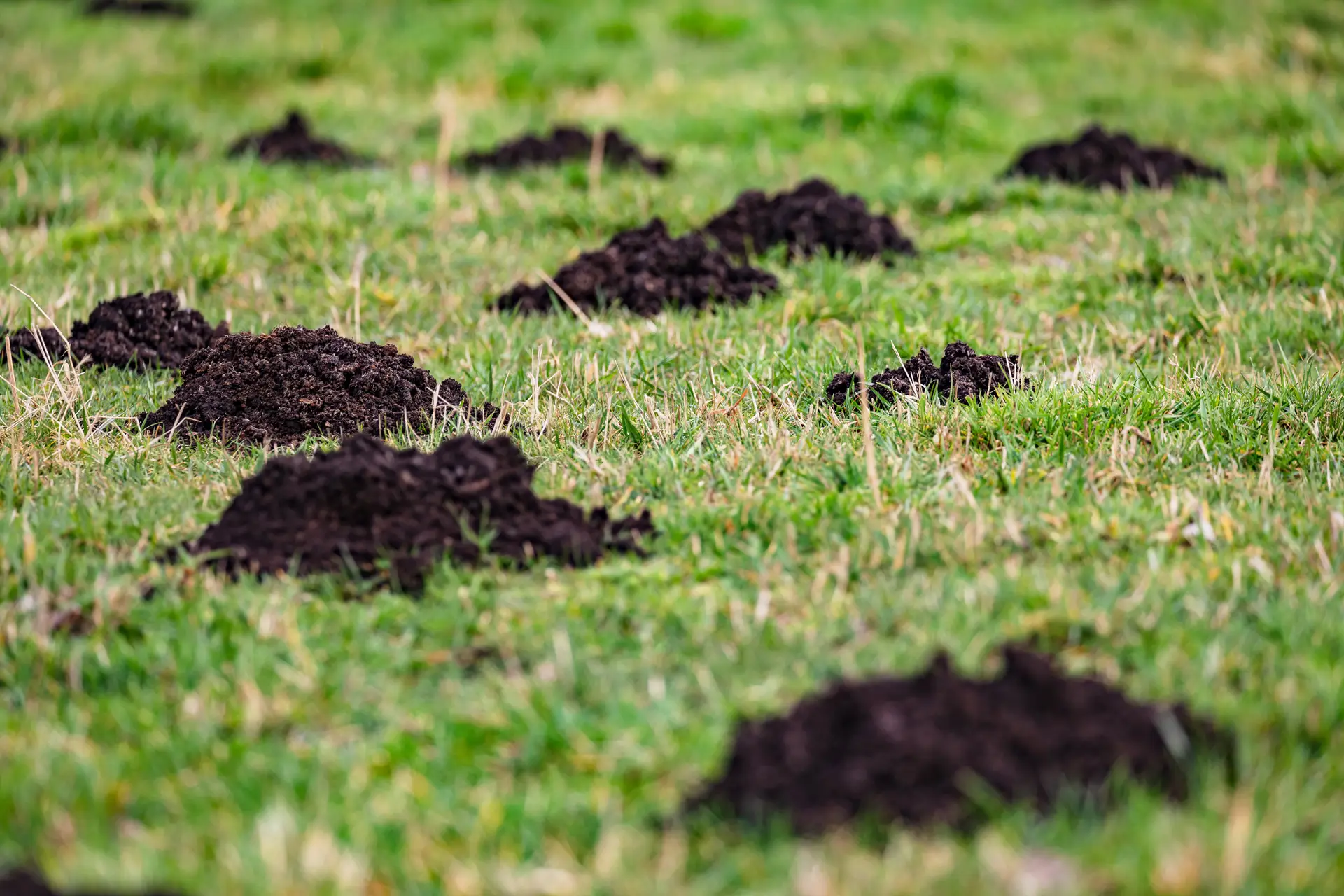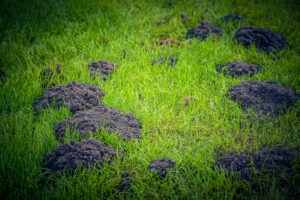The mole, a creature of velvety fur and powerful claws, often remains unseen, a phantom beneath the verdant surface of our landscapes. Yet, its presence announces itself through a series of telltale disruptions, a subterranean shadow cast upon the orderly world above. While often dismissed as a minor nuisance, the damage inflicted by moles extends beyond mere aesthetic blemishes, impacting soil health, plant vitality, and even structural integrity in subtle yet significant ways. Understanding the multifaceted nature of this damage is the first step towards effective and responsible coexistence or management.
Surface Disruption
The most immediately noticeable consequence of mole activity is the physical alteration of the ground’s surface. Their tireless excavation, driven by the constant search for food, results in a network of raised ridges snaking across lawns and gardens, like miniature, earthen fault lines. These surface tunnels, while often temporary foraging routes, create an uneven terrain that can be both visually unappealing and a tripping hazard.
More persistent are the molehills – conical or volcano-shaped mounds of excavated soil pushed up from deeper, more permanent tunnel systems. These mounds not only disrupt the smooth expanse of a lawn but can also smother low-lying plants and introduce clumps of subsoil, often less fertile and containing weed seeds, to the surface. The sheer volume of soil displaced by even a small number of moles can be substantial over time, creating a lumpy, unmanageable surface.
Beyond the aesthetic and superficial, this physical disruption can have more profound consequences. The intricate network of tunnels can create air pockets within the soil, leading to the desiccation of plant roots. As moles tunnel directly beneath the root zone, they can physically sever these vital conduits for water and nutrients, leading to weakened, stressed, and ultimately dead plants. This damage is particularly devastating in cultivated gardens and meticulously maintained lawns, where the loss of individual plants can be keenly felt.
Soil Impact
The impact of mole activity extends beyond the visible surface, subtly altering the very structure and health of the soil beneath. While earthworms, a primary food source for moles, contribute to soil aeration and drainage, the indiscriminate tunneling of moles can create a less stable and more fragmented soil structure. The creation of extensive void spaces can disrupt water infiltration and retention, potentially leading to localized areas of both drought and waterlogging, depending on soil type and drainage patterns.
Furthermore, the constant disturbance of the soil profile can disrupt the delicate balance of soil microorganisms, which play a crucial role in nutrient cycling and overall soil health. The introduction of less fertile subsoil to the surface through molehills can also dilute the nutrient-rich topsoil, impacting the long-term fertility and productivity of the land.
Secondary Issues
The presence of mole tunnels can also create pathways and harborage for other unwanted pests. Voles, for instance, often utilize existing mole tunnels as ready-made runways, extending their own destructive feeding habits to plant roots and stems. The disturbed soil can also make it easier for certain weeds to establish themselves, further compounding the challenges for gardeners and landscapers.
In less frequent but potentially more serious cases, extensive mole tunneling near building foundations can contribute to soil instability and, over long periods, potentially lead to minor settling or cracking. While moles don’t typically excavate large volumes of soil like gophers, the cumulative effect of numerous tunnels can create voids that weaken the surrounding earth.
Beyond Appearance
Finally, the damage caused by moles extends to the frustration and effort required to manage their presence. Homeowners often invest significant time and resources in maintaining healthy and aesthetically pleasing landscapes. The sudden appearance of mole activity can be disheartening and lead to a cycle of often ineffective and time-consuming control measures. The uncertainty of their continued presence and the ongoing battle to repair the damage can be a significant source of stress for property owners.
The Lasting Footprint of Moles
The mole, though often unseen, leaves a lasting footprint on our landscapes that extends beyond mere surface blemishes. Their subterranean activities disrupt the physical order, subtly undermine soil health, and even pave the way for further ecological imbalances. Recognizing the comprehensive nature of this impact is essential for understanding the true cost of their presence and for guiding our approaches to their management.






